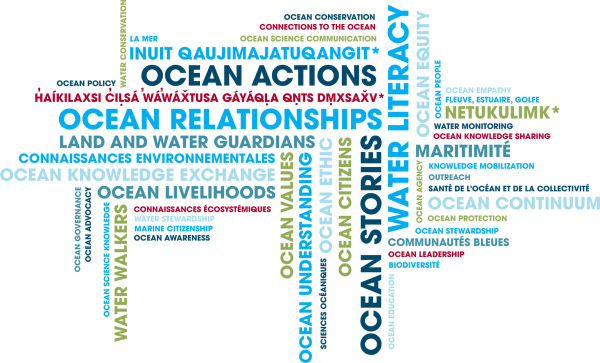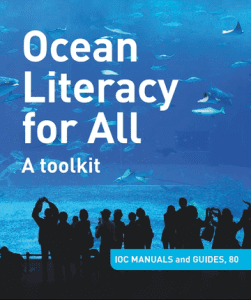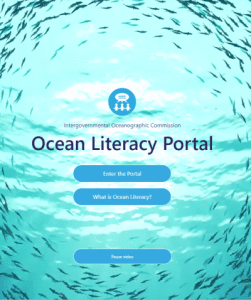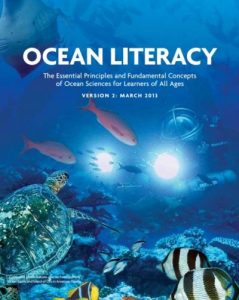Our work
What is Ocean Literacy?
Earth has one big interconnected ocean with many features. The global ocean regulates weather and climate. It is home to countless species. It provides clean air, food, and medicines to those living on land.
Ocean literacy is widely defined as an understanding of how the ocean influences us and how we influence the ocean. The Intergovernmental Oceanographic Commission of UNESCO has also described ocean literacy as the development of a “civic relationship with the ocean.”
Our interactions with the ocean can take many shapes. As the country with the longest coastline in the world, Canada has ties that run deep through history, cultures, transportation, economies, livelihoods, recreation, and more.
Over 30 million Canadians live inland. One in two live along the Great Lakes and St. Lawrence River. For many Canadians, it is not the ocean and coastline that frame our identity; rather, it is the vast interconnected landscape of wetlands, lakes, rivers, and waterways. Canada has over 2 million lakes and more than 8,500 rivers. All of this water flows through one of five drainage basins to the ocean – 60% of this water flows north to Inuit Nunangat (Inuktut word meaning homeland, used by Inuit in Canada).
Thus in Canada, ocean literacy is fundamentally about our relationship with the ocean and the waterways that connect us to each other and the sea.




